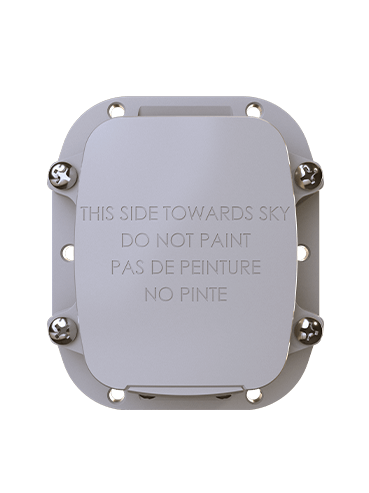Scientists Utilize Satellite Technology to Track Icebergs in The Arctic
The SmartOne Solar is a device being used for to track information on ocean currents and to predict iceberg locations for safer trade routes. This device provides up to 10 years of data for researchers as it is powered by the sun, and the ideal IoT device to provide excellent remote monitoring and tracking of icebergs.
The SmartOne Solar is a device being used for to track information on ocean currents and to predict iceberg locations for safer trade routes.
Icebergs are studied for a number of reasons, and they are now tracked with satellite images as they travel around the Arctic. As they drift they deliver cold, fresh water, dust and minerals to the surface ocean. The iceberg also may drag its keel on the continental shelf. Each of these processes has impacts for surface and deep-water animals. The surface phytoplankton increases by up to one third in the wake of a large iceberg. Tracking icebergs provides information on ocean currents and scientists can assess whether the number of icebergs is increasing. The input of freshwater may affect surface water currents and even sea ice formation.
At the same time, increased shipping, fishing, energy and mineral production activities will affect national welfare and security for many nations in both the western and eastern hemisphere. This increased access to the Arctic means more and more ships and infrastructure are using the Arctic as a trade route. Indeed, Russia is investing billions of dollars in Arctic infrastructure to realize a "Suez of the north," which will further accelerate the need for accurate information about icebergs in the region.
Iceberg observation data is fed into a computer model, which uses ocean current, wind, waves, and sea surface temperature data to predict the drift and deterioration of icebergs. Each day, the predicted iceberg locations are used to estimate the region where Icebergs are likely to be found.
The SmartOne Solar is a device being used for to track information on ocean currents and to predict iceberg locations for safer trade routes. This device provides up to 10 years of data for researchers as it is powered by the sun, and the ideal IoT device to provide excellent remote monitoring and tracking of icebergs.
 SmartOne Solar
SmartOne Solar SmartOne C
SmartOne C STX3
STX3 STX3 Dev Kit
STX3 Dev Kit SPOT X
SPOT X SPOT Gen4
SPOT Gen4 SPOT Trace
SPOT Trace